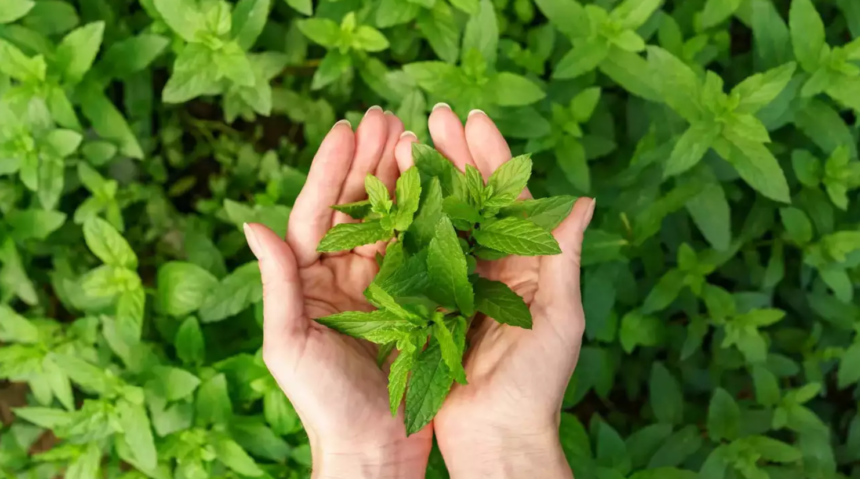Discover expert tips on maintaining a vibrant Tulsi plant throughout winter. Unlock the secrets to ensure your sacred plant thrives in the colder months.
In the throes of winter, keeping your beloved tulsi plant thriving can be a challenge. The chilly temperatures and reduced sunlight can cause these sacred plants to wither and lose their vitality. But fear not! We, at [Your Company Name], have uncovered an easy method to ensure your tulsi plant remains lush and green, defying the harsh winter conditions. Follow our expert advice to nurture your tulsi and keep it flourishing year-round.
ALSO READ: Ceiling Decoration Ideas To Elevate Your Home
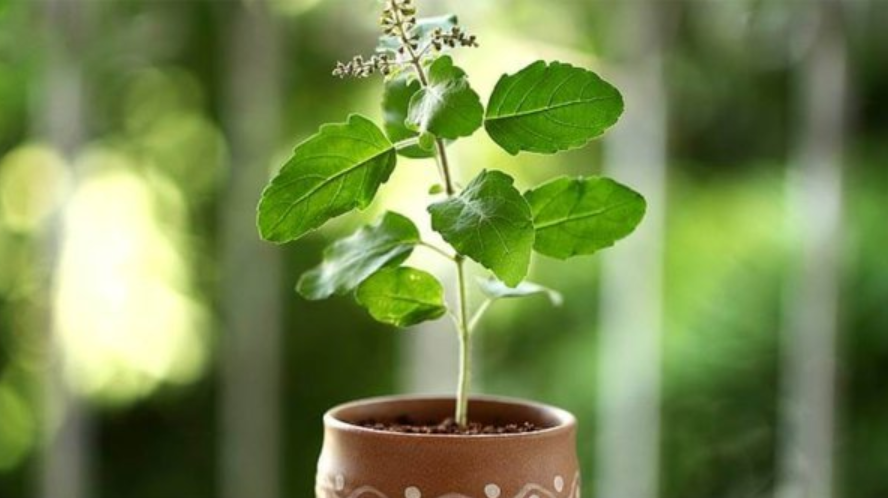
Understanding the Winter Challenge
The Impact of Cold Temperatures
Tulsi plants, also known as holy basil, are sensitive to extreme cold. The drop in temperature during winter can slow down their growth, affect nutrient absorption, and lead to yellowing of leaves. It’s crucial to address these factors to maintain a healthy tulsi plant during the colder months.
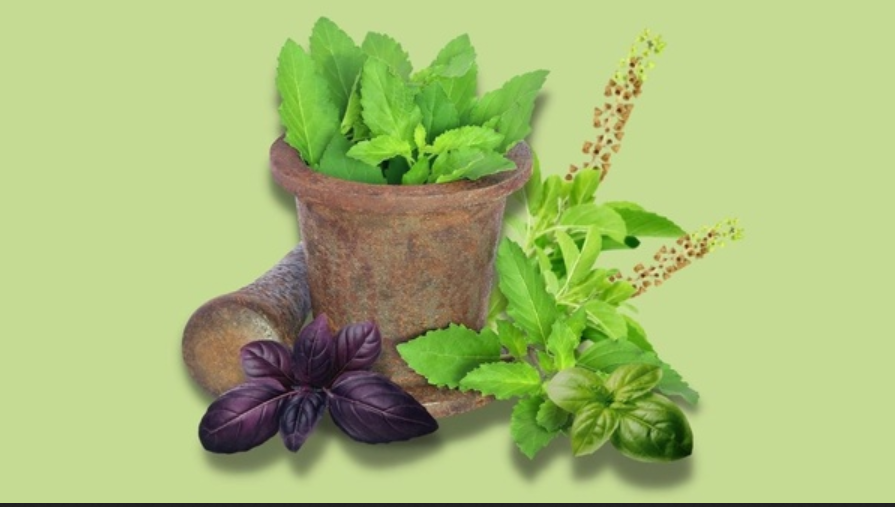
Reduced Sunlight Availability
Winter often brings shorter days and reduced sunlight exposure for your plants. Tulsi relies heavily on sunlight for photosynthesis, a process essential for its growth and vitality. Understanding and compensating for this reduced sunlight is vital in preserving the plant’s green vibrancy.
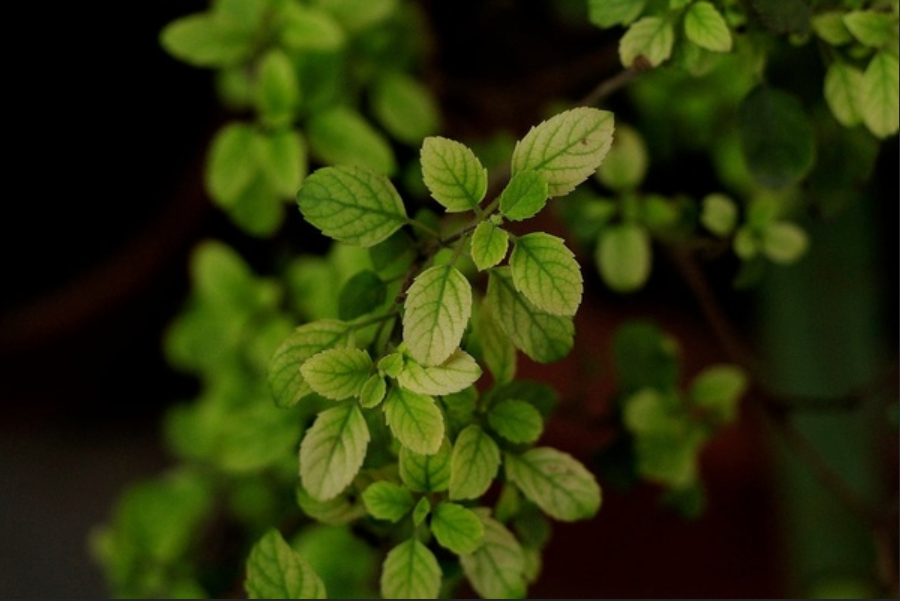
Our Proven Method to Keep Your Tulsi Plant Green
1. Provide Adequate Sunlight
To counteract the decreased sunlight, position your tulsi plant strategically. Choose a sunny spot near a window where it can receive maximum sunlight during the day. If possible, consider using artificial grow lights to supplement the natural light, ensuring your tulsi gets the light it needs for optimal photosynthesis.
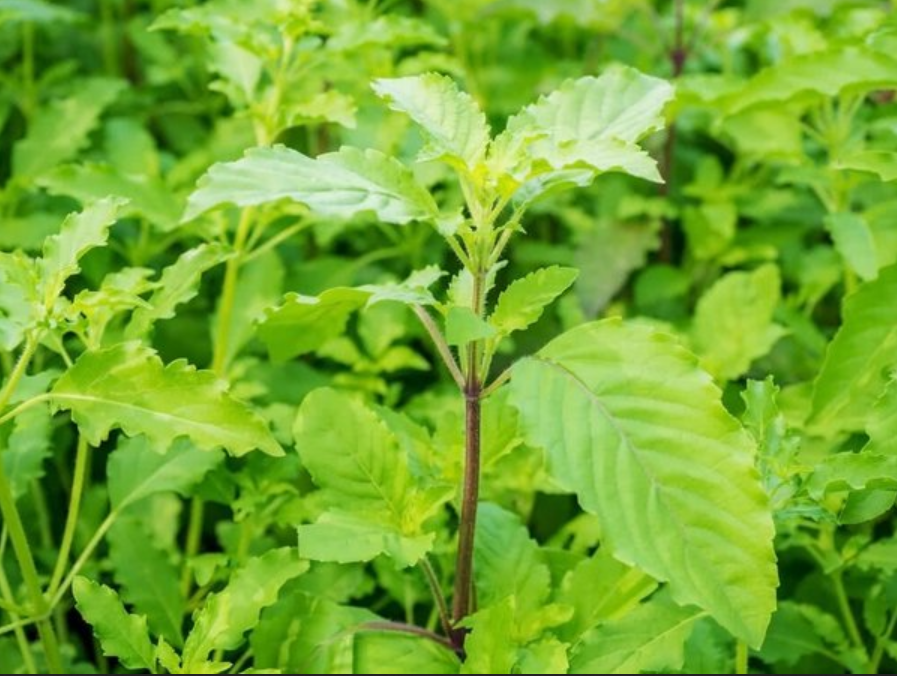
2. Shield from Cold Winds
Shield your tulsi plant from harsh winter winds by placing it in a sheltered location. Use barriers like a windbreak or strategically placed indoor plants to minimize the impact of cold drafts. This simple step can make a significant difference in protecting your tulsi from the adverse effects of winter weather.
ALSO READ: 7 Top Interior Design Trends Shaping Your Homes
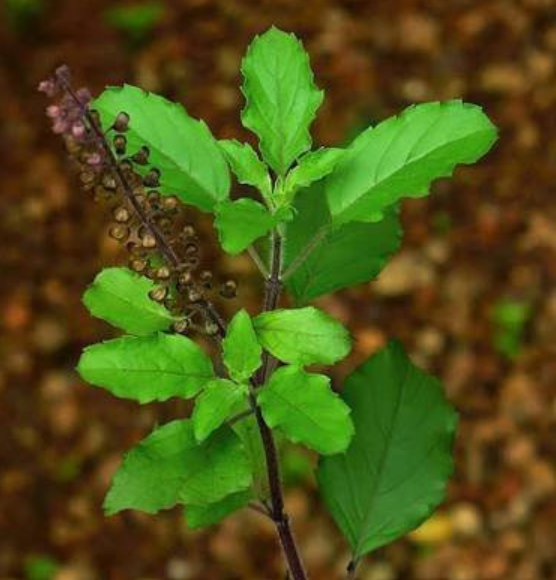
3. Adjust Watering Routine
During winter, adjust your watering routine to accommodate the slower growth of tulsi. Overwatering can lead to root rot, while underwatering can stress the plant. Find a balance by allowing the soil to dry out slightly between watering sessions. Always use well-draining soil to prevent waterlogged roots.
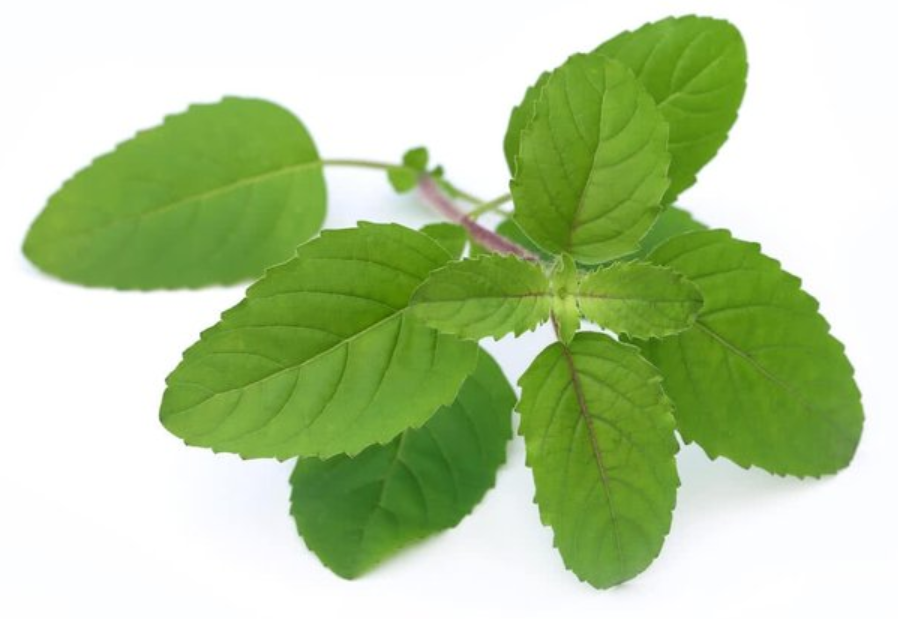
4. Mulching for Insulation
Mulching is a game-changer in maintaining soil temperature. Apply a layer of organic mulch around the base of your tulsi plant to insulate the soil. This helps regulate temperature, preventing extreme fluctuations that can stress the plant. Additionally, mulch conserves soil moisture, ensuring your tulsi remains adequately hydrated.
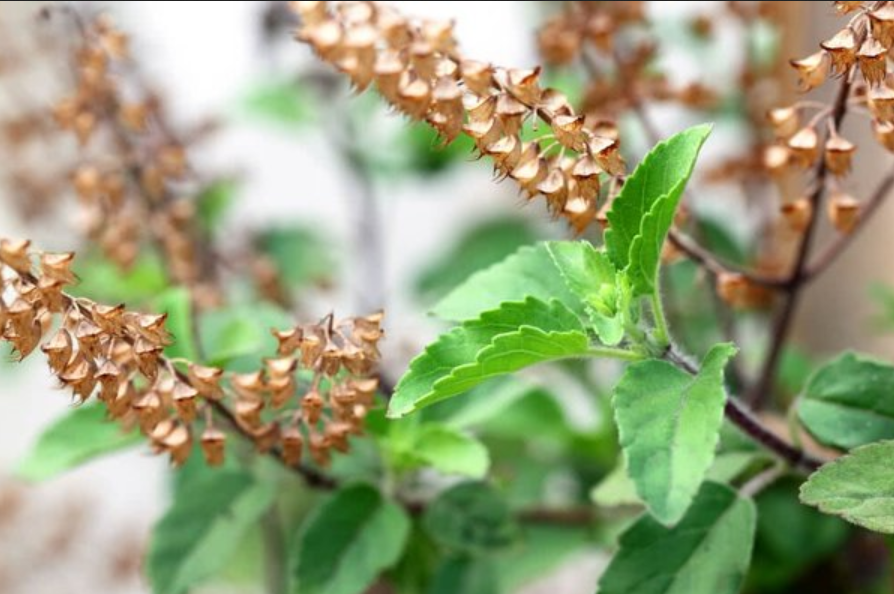
5. Prune Wisely
Pruning is a key element in winter tulsi care. Remove any yellowing or diseased leaves to encourage new growth. Focus on maintaining a compact and bushy shape, which aids in sunlight absorption. Pruning also eliminates potential hiding spots for pests, preventing infestations that could harm your precious tulsi.
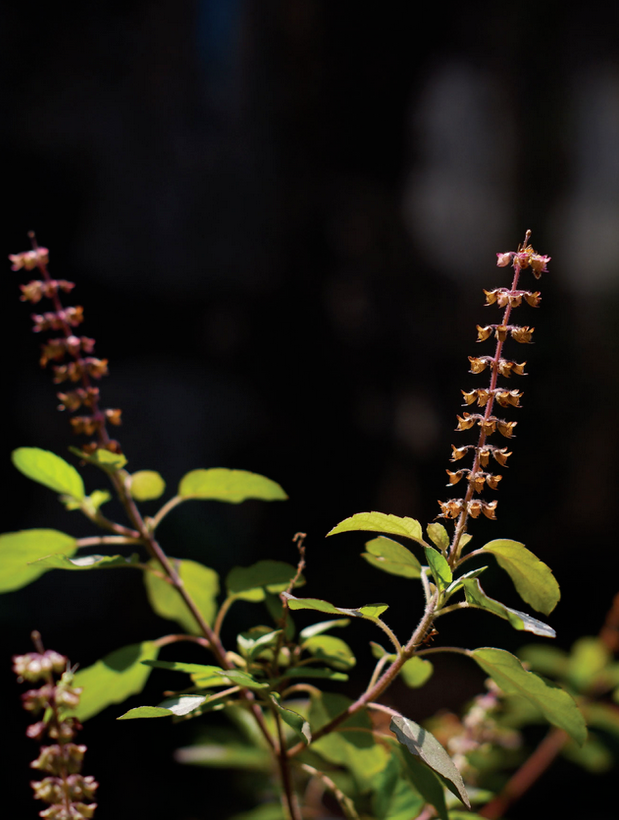
By following these expert tips, you can defy the winter odds and keep your tulsi plant vibrant and green. Remember, each step plays a crucial role in maintaining the overall health of your plant during the colder months. Embrace this holistic approach, and your tulsi will not only survive but thrive, bringing joy and positivity to your living space.
Click here, to Check HNN’s latest post.
ALSO READ: 10 Stunning Hanging Plants For Your Balcony: From String Of Pearls To Air Plants
Image Source: Google







